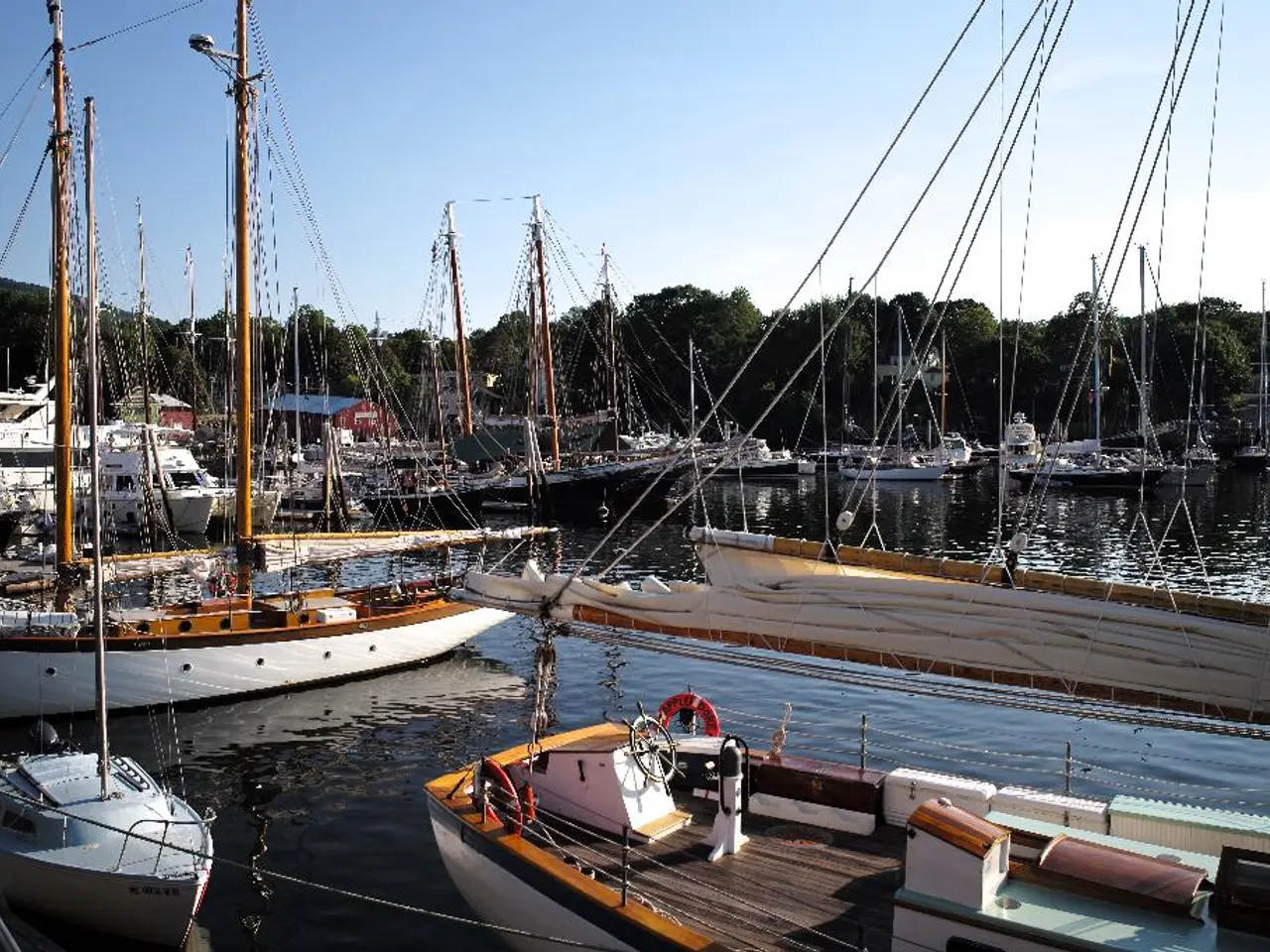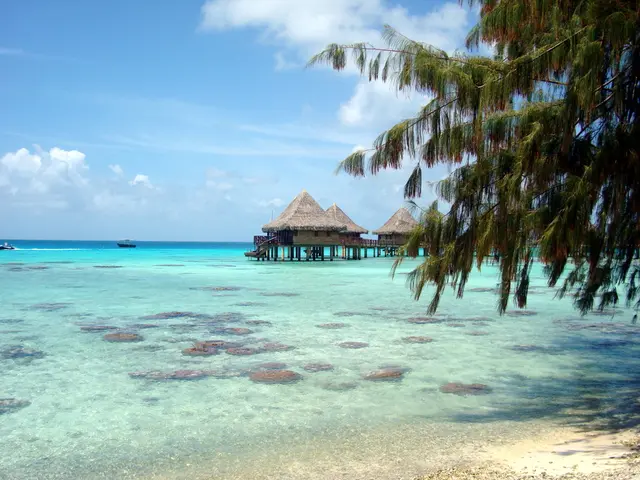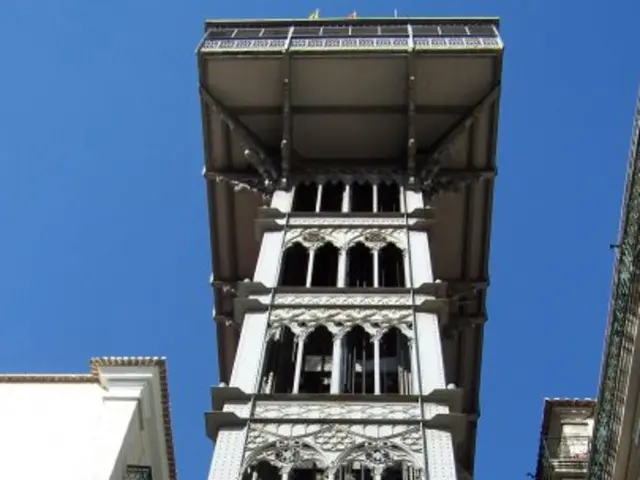Poland's Baltic Ports Boom: Record Traffic and EU-Backed Investments Transform Region into Key Trade and Energy Hub
Poland's Baltic ports are booming, with record traffic and major developments transforming the region into a key hub for trade and energy. The country's strategic investments, backed by the European Union, are reducing its reliance on Russian energy and positioning it as a crucial player in Europe.
The Świnoujście LNG terminal is now a vital entry point for American and Qatari gas imports, significantly reducing Poland's energy dependence on Russia. This shift is part of a broader trend: Poland's Baltic ports, including Gdynia and Szczecin, are seeing record traffic and undergoing major expansions and modernizations. These projects are financed notably with support from the European Union, including a €645 million contribution from the EU Connecting Europe Facility (CEF) for initiatives like the Bornholm Energy Island.
Industry experts, such as Anna Kowalska, praise the government's commitment to maritime development. She predicts that these investments will yield long-term benefits, positioning Poland as a logistics gateway. Prime Minister Donald Tusk has highlighted Poland's emergence as a major Baltic Sea power, underscoring the country's ambitions to leverage its coastal assets for regional leadership in energy, trade, and security.
With record traffic, major developments, and strategic investments, Poland's Baltic ports are solidifying the country's role as a crucial hub for regional trade and security. Backed by the European Union, these efforts are reducing Poland's energy dependence on Russia and positioning it as a key player in the European region.
Read also:
- Nashville Lands $14M for Clean Energy; Georgia Freezes Rates; Arkansas Halts Renewables
- SEPTA's Cost-Effectiveness Pitched as Advocates Push for Funding Boost
- The renowned Growatt Noah 2000 solar inverter has returned, boasting an astronomical price tag.
- Atom Bank Boosts Maternity & Paternity Leave, Setting New UK Standard








